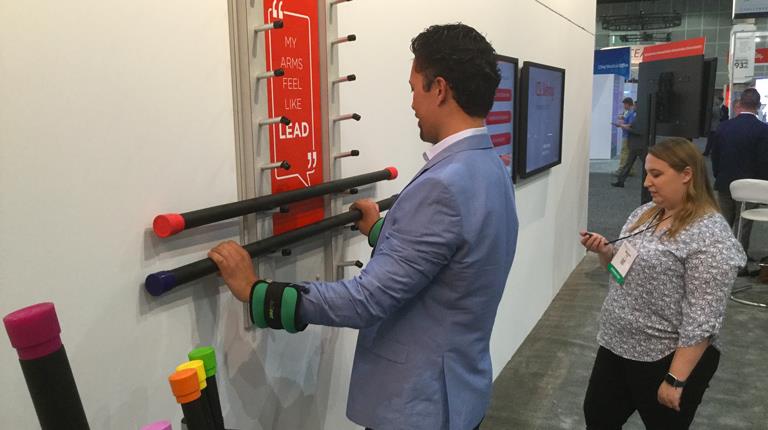Chronic Inflammatory Demyelinating Polyneuropathy causes numbness, tingling, weakness and loss of reflexes and these CIDP symptoms can be easily missed or misdiagnosed. Awareness is key for this little-known debilitating disease that can lead to disability in the arms and legs. There's no cure, but if detected and treated early, CIDP is manageable.
Watch four videos about different stages in the CIDP patient journey:
We asked Lisa Butler, Executive Director of the GBS|CIDP Foundation International, and Ann Bullinger, Pharm D., Immunology Medical Affairs Director, at CSL Behring to learn more about this serious condition.
What is CIDP?
Butler described CIDP as a disorder of the peripheral nerves that’s caused by damage to myelin, the protective covering around a nerve. It often starts with some tingling or numbness in the toes and fingers, progressing to weakness and impaired function in the legs and arms. According to the National Organization for Rare Disorders (NORD), CIDP affects men twice as often as women, and while it can start at any age, the average onset is 50.
How common is CIDP?
The GBS|CIDP Foundation International estimates the number of new CIDP cases per year is about 1-to-2 per 100,000 people. Bullinger explains that the disease is difficult to identify and may be present for years prior to a proper diagnosis, so the incidence may be higher. NORD estimates the prevalence of CIDP to be around 5 to 7 cases per 100,000 individuals which could translate into only about 450,000 people worldwide. To put that in perspective, about 370 million people are estimated to have diabetes – that’s over 800 times the suspected number of CIDP patients.
How do you diagnose CIDP?
Diagnosis can be tricky because early CIDP symptoms can seem so benign that they may be missed or misdiagnosed. In addition, symptoms of CIDP are similar to those of other conditions, and there are a variety of types, and patterns.
According to Butler, “while symptoms like numbness, tingling, weakness and loss of reflexes may aid diagnosis, there are medical tests that can help lead to a proper diagnosis.”
Typically, diagnosis is based on a combination of medical tests, like nerve conduction studies, electromyography (EMG) or cerebrospinal fluid (CSF) analysis, the patient’s history and a physical examination.
How is CIDP Treated?
Early intervention is the key to the best possibility of CIDP management. Medical treatments include intravenous or subcutaneously administered immunoglobulin therapy, corticosteroid therapy or plasma exchange. These treatments, if given early, may help to manage progression and even reverse damage. But, left untreated, 30 percent of CIDP patients will progress to wheelchair dependence. Early recognition and proper treatment can avoid a significant amount of disability.
Awareness of this disease is a critical first step according to Bullinger, “There’s been significant progress in our ability to diagnose this condition earlier, and that can lead to earlier intervention and treatment.”
Butler adds that new treatments and modes of administration are enabling patients with more choice and flexibility in how they control their treatment.
Still want to learn more about CIDP? Check out this video from the GBS|CIDP Foundation International.



